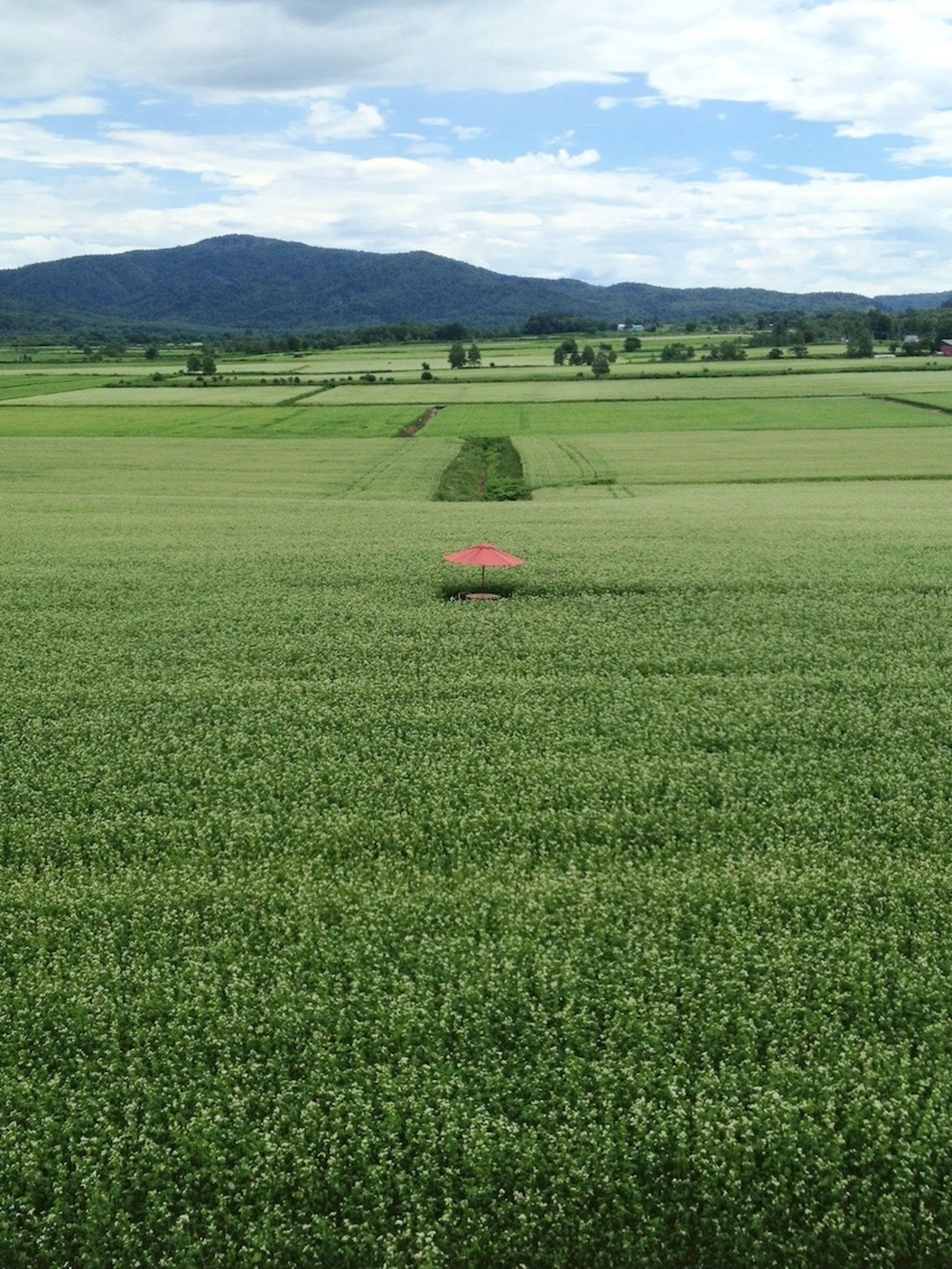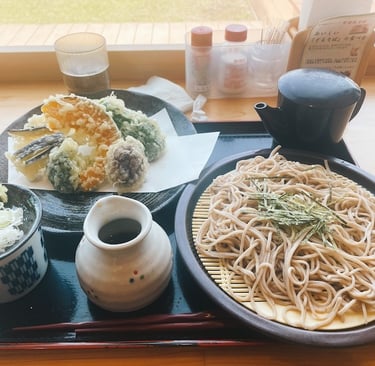
Enjoy Cold Soba Noodles Like A Local
If you like Japanese food and want something light, refreshing, and full of flavor, try zaru soba. Zaru soba is served cold, unlike the popular hot ramen. It's a great option for warm days or if you want something different and healthy. It has fewer calories than udon noodles, so you won't feel as guilty about eating a big meal.
Npauli
5/22/20252 min read


What is Zaru soba?
Zaru soba is a Japanese noodle dish made from soba (buckwheat). It is served cold on a bamboo tray called a zaru. The noodles are usually served with a savory sauce called tsuyu, as well as green onions, wasabi, and nori (dried seaweed).
Soba noodles have been popular in Japan since the Edo period (1603–1868). However, buckwheat, the main ingredient in soba, is thought to have been grown even earlier, during the Jomon period. During the Edo period, soba became a popular food among city dwellers, especially in Edo (now Tokyo). It was quick to prepare and filling.
Soba was also known for its health benefits, especially its vitamin B1, which helped prevent beriberi, a disease that was common at the time due to a diet heavy in rice.
Since then, soba has become a part of many different dishes, both hot and cold, and is now a key part of Japanese food culture.
Types of soba noodles based on flour composition


① Juwari Soba (十割そば).
It is made from 100% buckwheat flour, without any wheat flour.
This soba has the most authentic and rich flavor, but it's more fragile. It is usually made by expert hands.
②Hachiwari soba (eight-percent-soba)
It contains about 80% buckwheat flour and 20% wheat flour.
It is more common on the market because it is easy to process. The texture is chewier but still rich in soba flavor.
Depending on the region, some people also add mountain yam (yamaimo) when making soba noodles.
A simple guide to enjoying zaru soba noodles
To eat zaru soba like a Japanese person, follow these steps:
First, mix the toppings into the sauce.
Add green onions and wasabi to the tsuyu bowl, according to your taste. You can adjust the spiciness or saltiness to your liking.
Take a small amount of soba noodles.
Use chopsticks to pick up a small portion of noodles from the tray.
Third, dip it in the tsuyu, which is the dipping sauce.
Don't dip it all the way in! Just dip the tip of the toothpick into the sauce to keep it light.
You can enjoy it right away.
Soba noodles are usually eaten in one or two bites. In Japan, it's not just okay, but it's a sign that you're enjoying it!
After you finish your noodles, you'll probably be served soba-yu, the water used to boil soba noodles. In Japan, this is mixed with the remaining tsuyu (dipping sauce) to make a warm, umami dessert. It's smooth and soothing, making it the perfect way to end your culinary journey!
